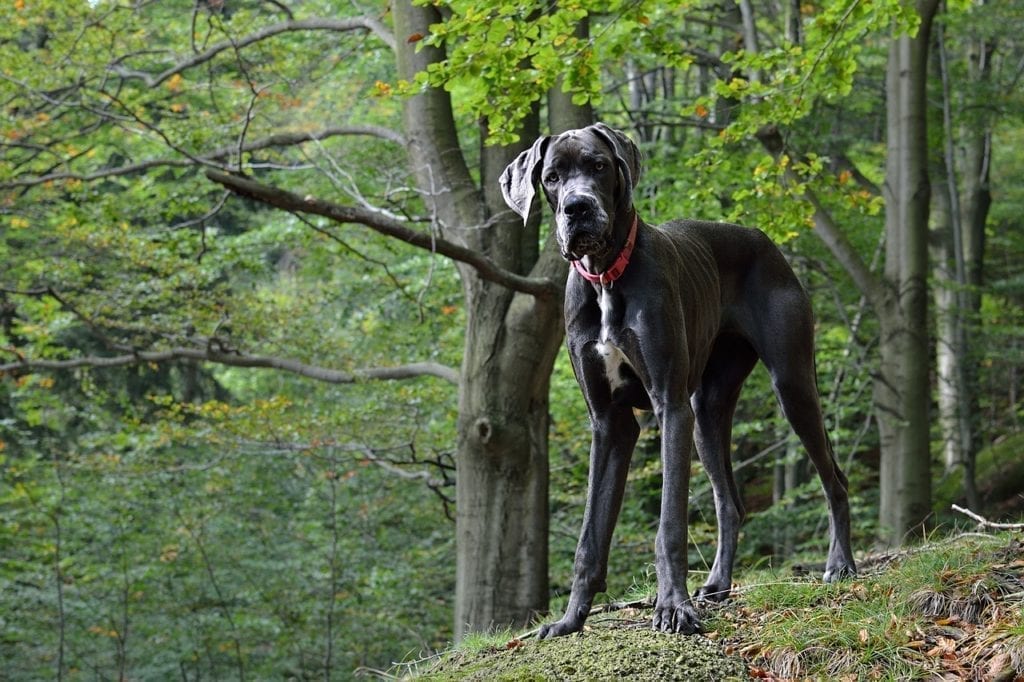Dogs make great pets and companions. They’re often loving and obedient. But could dogs also be the key to curing some forms of cancer? When many people think of dogs in a functional capacity they think of their ability to identify specific odors, chase things, or maybe retrieve certain objects. The secret of dogs, however, could actually be the connection between purebreds and specific cancers like osteosarcoma. Keep reading to learn more, and follow the original story here for additional information.
Nearly one in four purebred dogs dies of cancer. Almost half of those that live to be 10 years or older face a variety of cancer. Chemotherapy seems to work in most cases of canine cancer. The reason this works is because canine tumors are surprisingly similar to human tumors. Even more so than mice, and other lab animals, dogs have some surprising similarities to humans when it comes to cancer.
Another factor that makes dogs great for research is their genetic uniformity.
Purebred dogs are, for better or worse, incredibly inbred. Many purebred dogs have an inbreeding coefficient of .25 or greater. It makes them much more susceptible to disease, but does make them better for study. Rare diseases are more common with a closed gene pool, and many variables can be eliminated from the equation in animals with highly similar genetic stock. Every purebred dog is as related to another as a human is to his/her brother/sister. Every cancer they get therefore bears remarkable similarity to the human cancer.
Furthermore, certain species of dogs are especially susceptible to certain forms of cancer.
Osteosarcoma, for example is relatively rare among human beings. Many long-limbed canines, however, are extremely vulnerable to it. Irish Wolfhounds, great Danes, and Scottish deerhounds all fall into this category. The same gene that embues these animals with long limbs is likely closely tied to a gene which make them susceptible to osteosarcoma. Researchers decided to investigate this phenomenon and discovered that these dog species have a series of mutations in common.
Two genes, IL-8 and SLC1A3 are common in these dog species and in cases of human osteosarcoma. Now researchers are able to focus their attention specifically on these genes.
Another important factor is that dogs develop these cancers naturally over their lifetime. Many rodent species require specially made models or must have cancer be induced unnaturally in the population. Mice simply do not get cancer the way humans do. Oftentimes treatments that work on mice do not work well in human cases of the same or similar cancer. Many treatments that are successful with dogs, however, are similar enough to human cases as to be successful in humans as well.








